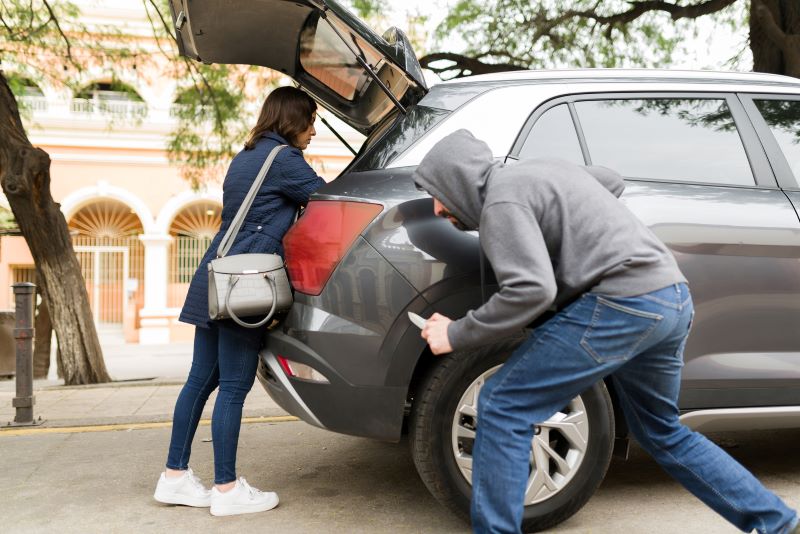An insured driver is injured when an uninsured car-jacker steals her car. Who covers?

Insured drivers owning stolen vehicles must go to Facility Association — not their own private auto insurers — to get compensation for injuries sustained in assaults against them involving uninsured car-jackers, a Nova Scotia court has ruled.
The Supreme Court of Nova Scotia ruled Aviva Canada was not on the hook for compensation because of an exclusion under Section D of the province’s auto policy related to “damages caused by an uninsured/unidentified automobile.”
Section D covers damages caused by an ‘uninsured automobile.’ However, under the definition of an ‘uninsured automobile,’ coverage is excluded if the auto is “owned by or registered in the name of the insured or the insured’s spouse or common-law partner.”
In this case, the insured driver owned the vehicle stolen by the uninsured car-jacker. Under this interpretation of the policy, Aviva Canada denied coverage.
Facility Association argued this phrase of the policy was intended to prevent situations in which a car owner purchased two vehicles and opted not to insure the second one. It was not intended to exclude coverage for injuries caused by uninsured car-jackers.
But the court found it would have to ‘read in’ words not contained in the policy so the exclusion would not apply to the car-jacking situation, and the court declined to do that.
“The wording of the [policy] definition [of an uninsured automobile] may lead to a harsh or even an absurd result, but that is insufficient to permit me to rewrite the legislation or the policy,” Supreme Court of Nova Scotia Justice Christa M. Brothers wrote in a decision released Monday. “Perhaps the legislature should have exempted the circumstances at bar from the exclusion. If so, that is a gap I am not permitted to fill.”
The court went on to add the result was not ‘harsh’ or ‘absurd,’ as Facility Association argued, because the insured driver who was injured during the car-jacking had other legal recourse. “They have the ability to advance a claim against the Facility Association,” Brothers wrote. “This is a persuasive decision for my consideration.”
In a statement of claim filed in Ryan v. Wamboldt, the insured driver, Gloria Ryan, was sitting in the driver’s seat of her 2013 Honda Fit when she placed her purse and groceries on the front passenger seat. Before she could close the car door, Gary Wamboldt approached her car, grabbed Ryan, pulled her out of the Honda, and threw her to the ground.
Ryan pulled herself up using the driver door of the Honda and attempted to get back into the car. As she did so, Wamboldt grabbed her and threw her to the ground again. Wamboldt then took possession of the Honda and drove away. He later totalled the Honda in a collision.
Ryan sought compensation from her auto insurer, Aviva Canada, for her injuries — including abrasions to her hands and knees, injuries to her neck, back and legs, anxiety, and post-traumatic stress disorder. Aviva’s auto policy covers injuries caused by uninsured drivers, except for the exclusions outlined in Section D.
Since the insured driver owned the car stolen by the uninsured car-jacker, Section D’s policy exclusion applied, the court found. The court noted that either way, the driver would be compensated for the injuries. The question is whether Aviva Canada should provide coverage or Facility Association.
Feature photo courtesy of iStock.com/Antonio_Diaz



